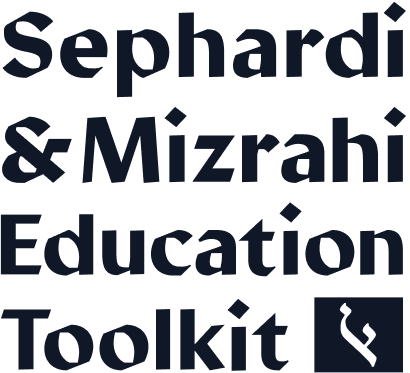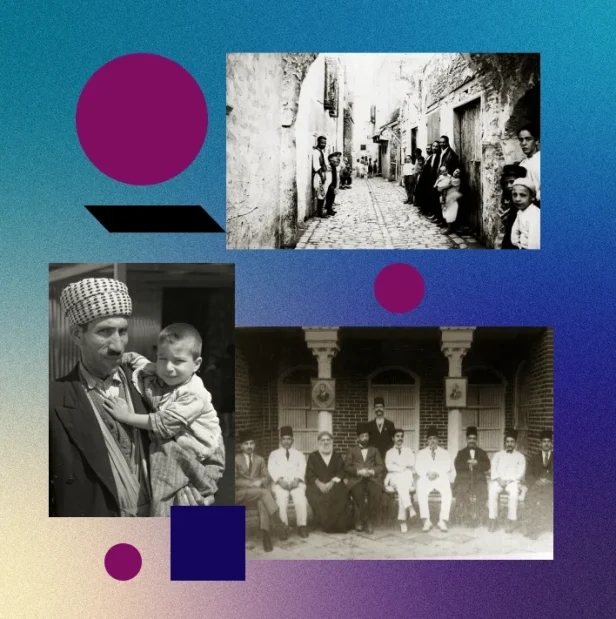- After the Muslim conquest in 636, Jewish communities returned to Israel, establishing significant settlements over the centuries in cities such as Safed, Tiberias, Jerusalem, Jaffa, Haifa, Gaza, and Hebron.
- During the medieval period and beyond, notable Sephardic leaders immigrated to Israel, such as Yehuda Halevi, Moshe Ben Nahman, Yoseph Karo, Moshe Alshik, Shelomo Alkabetz, and Dona Gracia Mendes.
- Central to the prayers, holiday celebrations, and poetry of Sephardi and Mizrahi communities has been a yearning for a return to the Land of Israel. Click here for an overview of The Poetry of Exile and Return: From the Middle Ages to modern day.
- Explore a selection of newspapers that reflected and furthered the Zionist dreams of Sephardi and Mizrahi communities:
- Zionist Ladino newspapers included La Epoḳa, published in Salonica, Greece from 1875 – 1907, and La Renassencia Djudia en Escopia; editada por la organisation Sionista Locala en Escopia, published in Skopje, North Macedonia in 1927.
- Other Zionist newspapers published in Ladino included Le Journal de Salonique, El Avenir, Nuevo El Avenir, El Pueblo, La Rennassencia Judia, El Maccabeo, Le Progres de Salonica, and Pro Israel. Learn more in Women Realizing the Zionist Idea in the Ladino Zionist-Literary Periodical El Maccabeo, 1914 – 1917.
- Judeo-Arabic newspapers from North Africa and the Middle East included Deghel Sion, Al-Alam al-Isra'ili, Sawt al-Uthmaniyya (The Voice of the Ottomans), and Ittihad al-Ummal. Learn more in Partitioned Pasts: Arab Jewish Intellectuals and the Case of Esther Azhari Moyal (1873-1948).
- A number of North African Zionist newspapers were published in French. See Kadima, Israël, and L'Avenir Illustré, available at the National Library of Israel.
- Among the most successful Zionist publications was Egypt’s newspaper L’Aurore (The Dawn) which included articles in French, Arabic, Hebrew and Ladino.
Rabbi Yehuda Bibas (c.1789 – 1852), Gibraltar; Livorno, Italy; London, England; Corfu, Greece; Hebron, Jerusalem
Rabbi Yehuda Alkalai (1798 – 1878), Sarajevo, Bosnia; Belgrade, Serbia; London, England; Jerusalem, Israel
Rabbi Yaakov Moshe Hai Altarats (b. Unknown - d. Unknown), born in Sarajevo, Bosnia; lived in Jerusalem. Author of Zikhron Yerushalayim (1887) and Kehilat Ya’akov (1904)
Rabbi Yaakov Shaul Elyashar (1817 – 1906), Safed and Jerusalem, Israel. In 1893, Elyashar was installed as Rishon LeZion.
Literary and communal activists:
Helene Cazes Ben-Atar (1898 – 1979), Tangiers and Casablanca Morocco; Turin, Italy; Seville, Spain; Paris, France
Learn about the women’s committees of the first and second Sephardi Zionist Centers in Argentina 1925-1932. (JWA)
Political and military leaders:
Jacques Mosseri (1884 – 1934), Cairo, Egypt. A delegate of Egyptian Jewry to the 11th Zionist Congress (1913), he founded the Zionist Organization in Egypt in 1917.
Saadia Kobashi (1902 – 1990). A leader of the Yemenite Jewish community in Israel and one of the signatories of Israel’s Declaration of Independence.
Gamliel “Jamil” Cohen (1922 – 2002), Damascus, Syria; Beirut, Lebanon; Paris, France; Austria; Israel
According to historian Daniel Elazar, “Before 1948, Sephardim accounted for about one-eighth of the world Jewish population; they provided about one-sixth of the immigrants to Palestine.”
Include immigration stories of Sephardi and Mizrahi Jews who moved to the Land of Israel before the founding of the State:
- Bukharian Aliyah - Bukharian Jews began migrating to Israel in 1868, with the community expanding to around 2,500 individuals by 1936, predominantly settling in Jerusalem.
- Yemenite Aliyah - Between 1881 and 1914, about 10% of Yemen's Jewish population emigrated to Israel. In 1911, approximately 1,500 Jews from Yemen made aliyah to Israel. Between 1948 to 1950, approximately 48,000 Yemenite Jews were airlifted to Israel during Operation Magic Carpet.
- Kurdish Aliyah - Beginning in 1895, Kurdish Jews began to settle in Jerusalem.
- Iraqi Aliyah - Between 1951 to 1952, approximately 130,000 Iraqi Jews were airlifted to Israel during Operation Ezra and Nehemiah.
- North African Aliyah - Between 1955 and 1957, approximately 62% of Israel’s immigrants came from North African countries.
For further information about Sephardi and Mizrahi contributions to the building of Israel see Jerusalem and Its Environs: Quarters, Neighborhoods, Villages, 1800-1948
Learn about waves of Sephardi and Mizrahi immigration to Israel in the years following the State’s founding, and their impact on the demographics of Israel today:
- The Expulsion of the Jews from Muslim Countries, 1920-1970 (JCPA)
- Fact Sheet: Jewish Refugees from Arab Countries (Jewish Virtual Library)
- Forgotten Refugees Film (JIMENA)
- Who are the Jewish Refugees from the Middle East? Featuring a video, a lesson plan, and a powerpoint presentation (JIMENA)
- “The Fallacies of Israel’s East-West Identity Divide are Dissolving … Gradually” (Distinctions: A Sephardi and Mizrahi Journal)
Distinguished Sephardim and Mizrahim have contributed to the establishment and development of the Israeli government:
Yitzhaz Navon (1921 – 2015), the fifth president of Israel, deputy prime minister and minister of education and culture, chairman of the National Authority for Ladino
Rahel Tzabari (1909 – 1995), teacher, member of the Haganah, and Knesset member from 1952 – 1969
Mordechai “Murad” Ben-Porat (1923 – 2022) was a member of the Haganah and later served as a representative in the Israeli Knesset, with affiliations spanning Rafi, Labor, Telem, and various other parties
Geulah Cohen (1925 – 2019), Knesset member from 1974 – 1992
Moshe Nessim (b. 1935), served as Israel’s Minister of Justice and Minister of Finance
David Levy (1937 –2024), was born in Rabat, Morocco and served as Israel’s Deputy Prime Minister, Minister of Foreign Affairs, Minister of Immigrant Absorption, and Minister of Housing and Construction
Yifat Shasha-Biton (b. 1973), Israeli politician, served as Minister of Education and Minister of Construction & Housing
Gila Gamliel (b. 1974), Israeli politician, served as Minister of Intelligence, Minister for Social Equality and Minister of Environmental Protection







